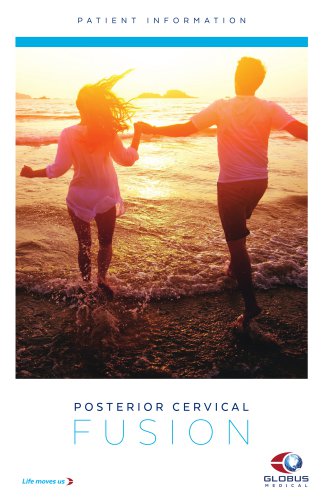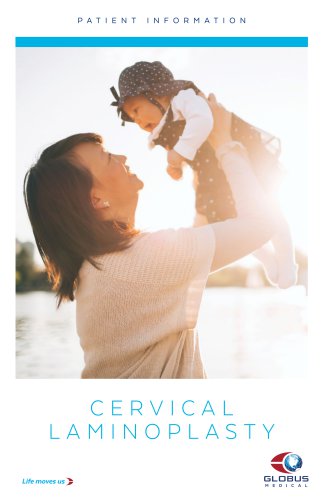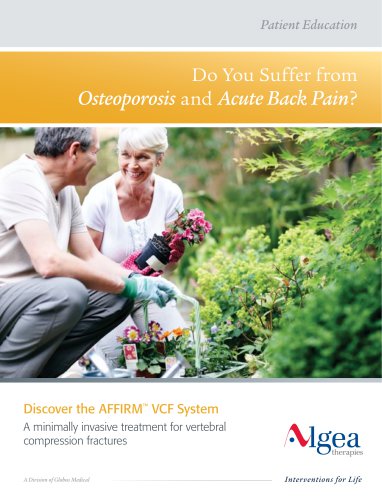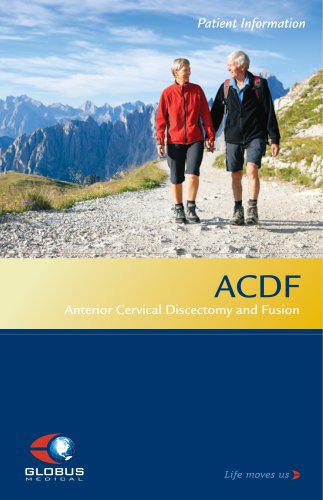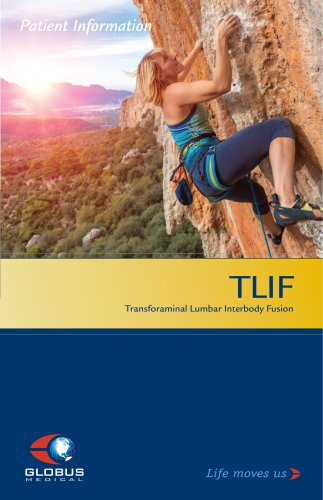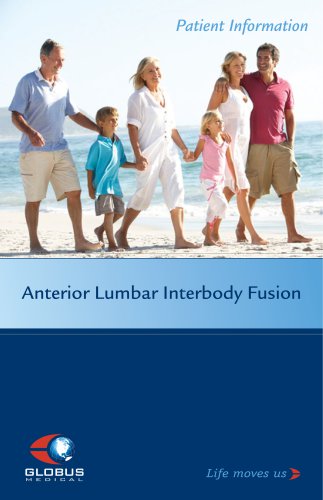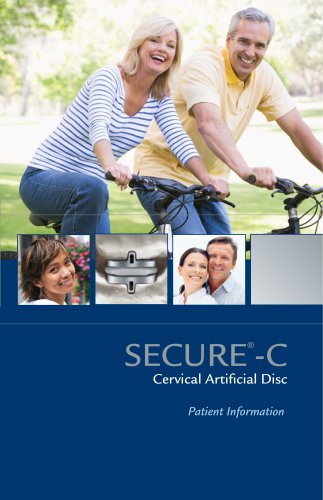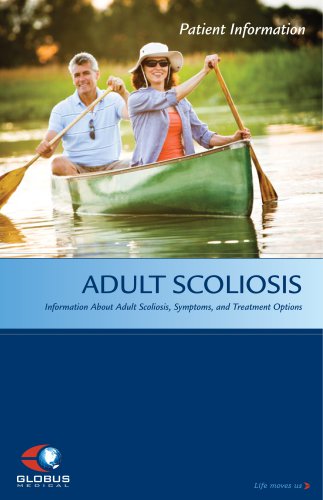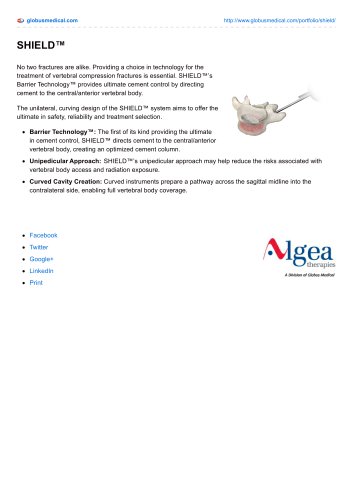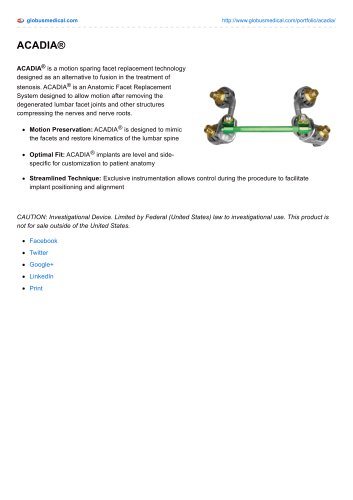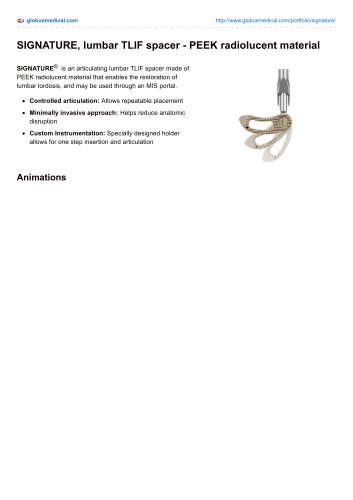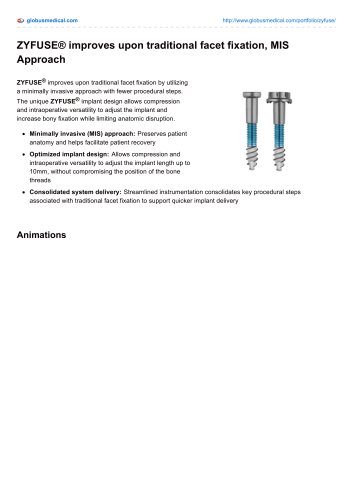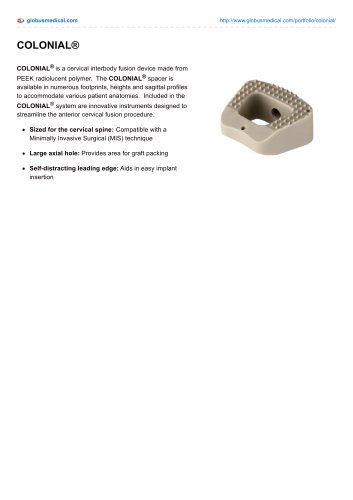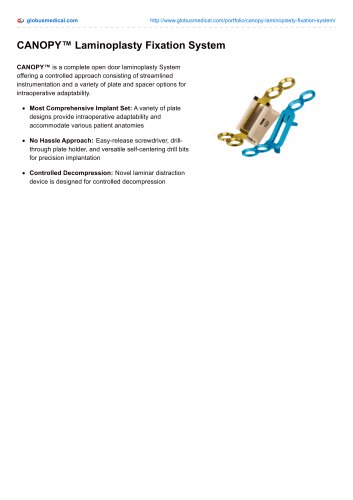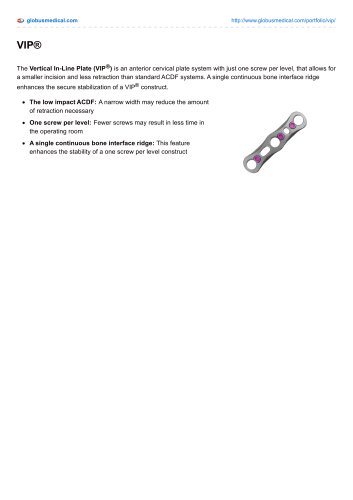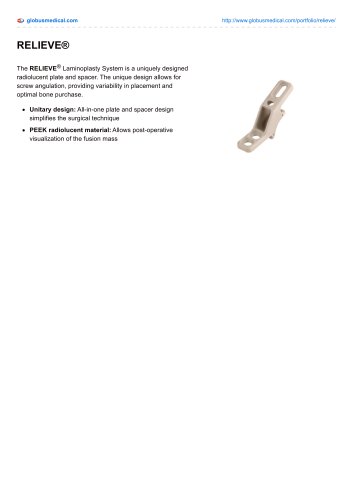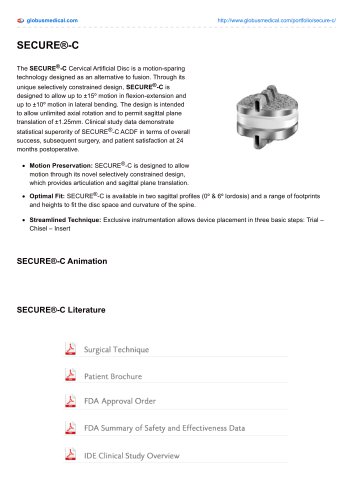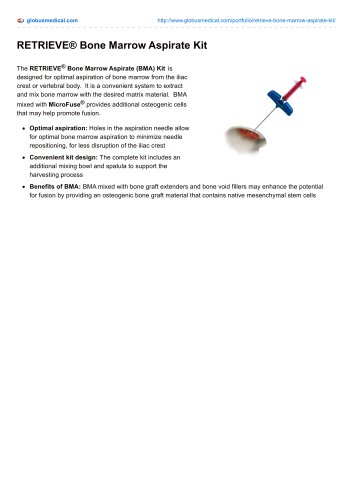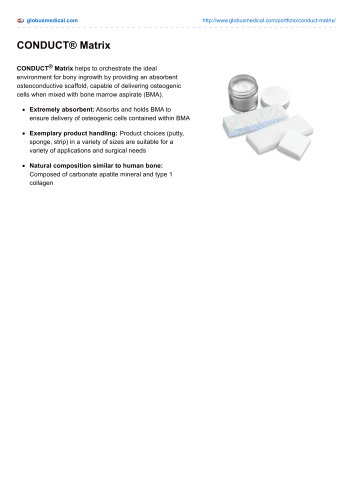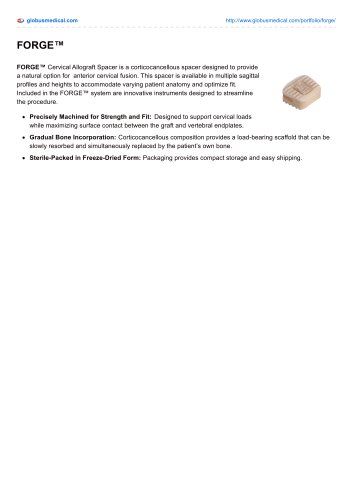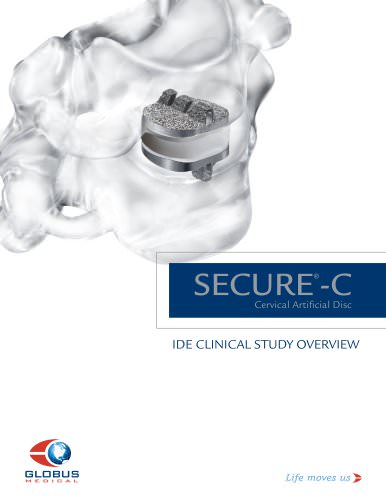 Website:
Globus Medical
Website:
Globus Medical
Catalog excerpts

Patient Information TRANSITION Stabilization System The Next Evolution in Spinal Fusion Surgery
Open the catalog to page 1
Table of Contents Anatomy of the Spine. . . . . . . . . . . . . . . . . . . . . . . . . . . . . . . . . . . . . . . . . . . 2 The Healthy Spine. . . . . . . . . . . . . . . . . . . . . . . . . . . . . . . . . . . . . . . . . . . . . . 3 What is Spondylolisthesis?. . . . . . . . . . . . . . . . . . . . . . . . . . . . . . . . . . . . . . . 4 General Treatment Options. . . . . . . . . . . . . . . . . . . . . . . . . . . . . . . . . . . . . 5 How is the Procedure Performed? . . . . . . . . . . . . . . . . . . . . . . . . . . . . . . . 6 How the TRANSITION® Stabilization System Works . . . . ....
Open the catalog to page 2
Stabilization System Patient Information This brochure will help you understand more about: • General conditions of the spine • Information about surgical treatment • TRANSITION® Stabilization System • What to expect from surgery The decision to receive medical treatment is individualized to the patient and the patient’s symptoms. The information presented within this brochure may not apply to your condition, treatment or its outcome, as surgical techniques vary and complications can occur. It is important to discuss the viability of this procedure with your physician to decide whether this...
Open the catalog to page 3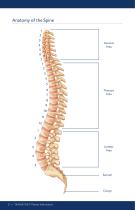
Cervical Area Thoracic Area TRANSITION® Patient Information
Open the catalog to page 4
The Healthy Spine The spine is one of the most important structures in the human body. It supports much of the body's weight and protects the spinal cord, which carries information from the brain to the rest of the body. The spine is strong but flexible, allowing for a wide range of movements. The spine is made up of vertebrae and is divided into 3 main sections: • Cervical (7 vertebrae) • Thoracic (12 vertebrae) • Lumbar (5 vertebrae) Below the lumbar spine is the sacrum, which is comprised of five fused vertebrae. At the end of the spine is the coccyx, or the tailbone. The vertebrae bear...
Open the catalog to page 5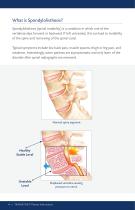
What is Spondylolisthesis? Spondylolisthesis (spinal instability) is a condition in which one of the vertebrae slips forward or backward. If left untreated, this can lead to instability of the spine and narrowing of the spinal canal. Typical symptoms include low back pain, muscle spasms, thigh or leg pain, and weakness. Interestingly, some patients are asymptomatic and only learn of the disorder after spinal radiographs are reviewed. Normal spine segment Healthy Stable Level Unstable Level Displaced vertebra causing pressure on nerve TRANSITION® Patient Information
Open the catalog to page 6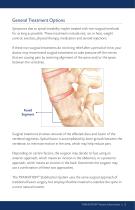
General Treatment Options Symptoms due to spinal instability maybe treated with non-surgical methods for as long as possible. These treatments include rest, ice or heat, weight control, exercise, physical therapy, medication and steroid injections. If these non-surgical treatments do not bring relief after a period of time, your doctor may recommend surgical treatments to take pressure off the nerves that are causing pain by restoring alignment of the spine and/or the space between the vertebrae. Fused Segment Surgical treatment involves removal of the affected discs and fusion of the...
Open the catalog to page 7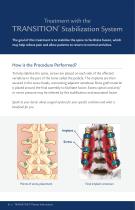
TRANSITION Stabilization System ® The goal of this treatment is to stabilize the spine to facilitate fusion, which may help relieve pain and allow patients to return to normal activities. How is the Procedure Performed? To help stabilize the spine, screws are placed on each side of the affected vertebrae in the part of the bone called the pedicle. The implants are then secured in the screw heads, connecting adjacent vertebrae. Bone graft material is placed around the final assembly to facilitate fusion. Excess spinal cord and/ or nerve pressure may be relieved by this stabilization and...
Open the catalog to page 8
How the TRANSITION® Stabilization System Works The TRANSITION® Stabilization System is an implant designed to provide stabilization of segments for the treatment of acute and chronic instabilities in the spine. TRANSITION® incorporates a central cord, compressible bumper and flexible spacer. The system acts as a semi-rigid ligament with the ability to both bend and stretch, stabilizing your spine in a less rigid manner compared to other treatment options. Central Cord Compressed The end is a flexible cord. This cord runs through the center of the implant. Compressible Bumper The bumper...
Open the catalog to page 9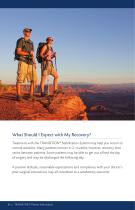
What Should I Expect with My Recovery? Treatment with the TRANSITION® Stabilization System may help you return to normal activities. Many patients recover in 2–4 weeks; however, recovery time varies between patients. Some patients may be able to get out of bed the day of surgery and may be discharged the following day. A positive attitude, reasonable expectations and compliance with your doctor’s post-surgical instructions may all contribute to a satisfactory outcome. TRANSITION® Patient Inform
Open the catalog to page 10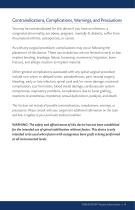
Contraindications, Complications, Warnings, and Precautions You may be contraindicated for this device if you have an infection, a congenital abnormality, are obese, pregnant, mentally ill, diabetic, suffer from rheumatoid arthritis, osteoporosis, or cancer. As with any surgical procedure, complications may occur following the placement of this device. These can include but are not limited to early or late implant bending, breakage, failure, loosening, movement/migration, bone fracture, and allergic reaction to implant material. Other general complications associated with any spinal...
Open the catalog to page 11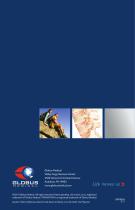
Globus Medical Valley Forge Business Center 2560 General Armistead Avenue Audubon, PA 19403 www.globusmedical.com ©2011 Globus Medical. All rights reserved. Patents pending. Life moves us is a registered trademark of Globus Medical. TRANSITION is a registered trademark of Globus Medical. Caution: Federal (USA) Law Restricts this Device to Sale by or on the Order of a Physician.
Open the catalog to page 12All Globus Medical catalogs and technical brochures
-
Discover the SHIELD™ VCF System
20 Pages
-
POSTERIOR CERVICAL FUSION
12 Pages
-
ExcelsiusGPS
12 Pages
-
CERVICAL LAMINOPLASTY
14 Pages
-
Discover the AFFIRM™ VCF System
20 Pages
-
SECURE-C®
24 Pages
-
ACDF
16 Pages
-
TLIF patient brochure
12 Pages
-
SI-LOK™
12 Pages
-
complete bone graft
1 Pages
-
SP-Fix
12 Pages
-
SECURE®-C
24 Pages
-
Adolescent Idiopathic Scoliosis
16 Pages
-
ADULT SCOLIOSIS
16 Pages
-
MIS LLIF
16 Pages
-
MIS TLIF
12 Pages
-
MONUMENT
2 Pages
-
CREO AMP® Threaded
1 Pages
-
CREO MCS?
2 Pages
-
SHIELD?
1 Pages
-
ACADIA®
1 Pages
-
SIGNATURE®
1 Pages
-
SUSTAIN® & SUSTAIN®-R, Arch
1 Pages
-
TRUSS®
1 Pages
-
XPand®-R
1 Pages
-
ZYFUSE®
1 Pages
-
COLONIAL®
1 Pages
-
VIP®
1 Pages
-
PROVIDENCE?
1 Pages
-
RELIEVE®
1 Pages
-
ASSURE®
1 Pages
-
SECURE®-C
2 Pages
-
COALITION®
1 Pages
-
CAPITOL?
1 Pages
-
LATIS
3 Pages
-
CONDUCT® Matrix
1 Pages
-
FORGE?
1 Pages
-
SECURE®-C technical overview
12 Pages




